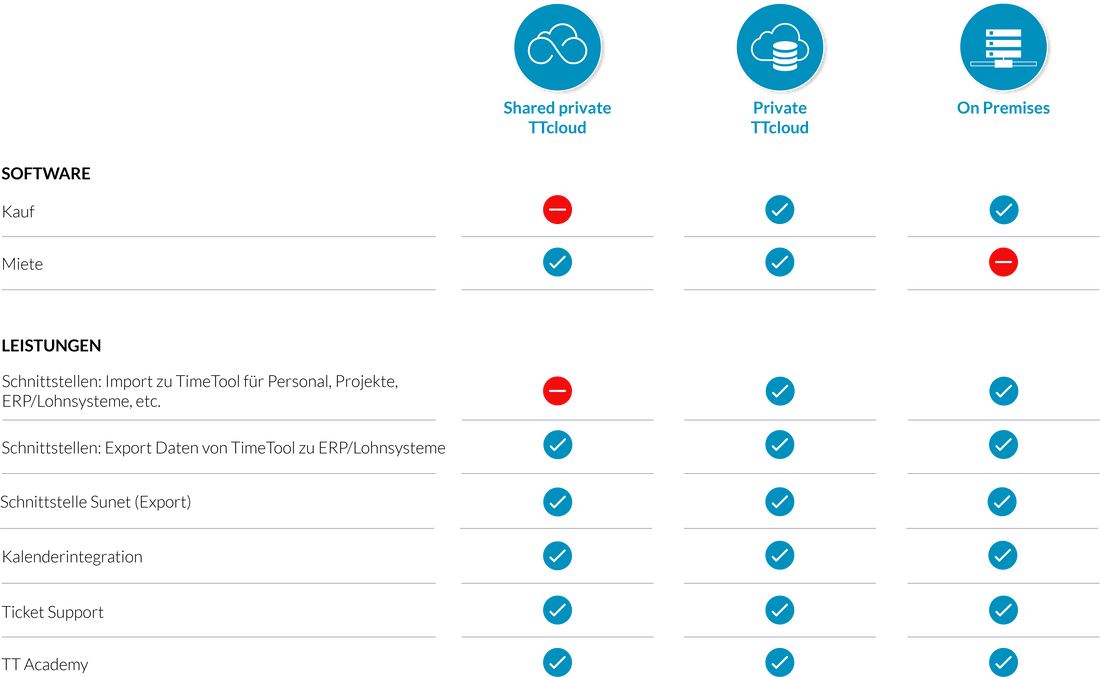

Scale Degrees (functional): In this exercise, you will hear a short chord progression followed by a single note.Your goal is to identify the name of the note. You must identify the scale degree of that note relative to the key established by the chord progression. Intervals in Context (functional): This exercise combines the "Intervals" and "Scale Degrees" exercises.This is also known as "functional ear training". In this exercise, you will hear a short chord progression followed by two notes. Melodic Dictation: In this exercise, you will hear a short chord progression followed by a short melody.You must identify the major scale degrees of the two notes relative to the key established by the chord progression as well as the interval between the two notes. You must identify the major scale degree of each note in the melody.* Note: for some 7th chords, if played in inversions or over multiple octaves they will always be played as open spacing. * Note: for some 7th chords, if played in inversions they will necessarily span more than one octave. This app is designed to improve your ability to recognise chord types. The app will play a chord and you try to pick the chord type such as major or minor. There are 10 different chord types and each type can be turned on or off to test any combination of these at a time. You can also look at your accuracy for each type of chord as well as your overall score.įor any given root note, each chord type can be played a number of ways. You can select for the chord to be played only in root positions or to include inversions. Chord inversions are when a note other than the root note (such as the 3rd or the 5th) is the lowest note of the chord. Chords can be played in close spacing, open spacing or either. In a close spacing chord, each note of the chord is adjacent to each other (such as C E G in c major). Ill try to illustrate this as follows:Ĭ Major Scale: C D E F G A B C D E F G A B C In an open spacing chord, adjacent notes of the chord may not be the next note in the chord. Note that each chord has all the notes of the chord in it, it is simply whether these notes are adjacent or if there is spacing between them.Īdditionally, each chord can be played in one octave, multiple octaves or either. The aim with providing these different options is so that the options can be set in a way that for any given root note and chord type, there are a number of ways the chord can be played. If you allow inversions and select open or close spacing and one or more octaves, there will typically be over 10 ways the app might arrange notes to form the chord. ThreadPoolExecutor.I’m hoping this will allow you to develop a more versatile ability to pick chord types rather than simply becoming accustomed to the sound of a chord in say root position, close spacing. Thread monitorThread = new Thread(monitor) MonitorThread monitor = new MonitorThread(threadPoolExecutor, 3) ThreadPoolExecutor threadPoolExecutor = new ThreadPoolExecutor(5, 10,1000, TimeUnit.SECONDS, arrayBlockingQueue, threadFactory, new RejectedExecutionHandlerImpl()) ThreadFactory threadFactory = faultThreadFactory() ĪrrayBlockingQueue arrayBlockingQueue = new ArrayBlockingQueue(10) Can anybody help me? How can I get all the tasks executed? import I believe my understanding of ThreadPoolExecutor is wrong somehow. There is nothing reported by the RejectionHandler as well. The number of tasks actually getting executed is varying and not all are executed. I have a ThreadPoolExecutor - corePoolSize=5, maxPoolSize=10 queueSize = 10,keepAlive=1000 seconds.


 0 kommentar(er)
0 kommentar(er)
